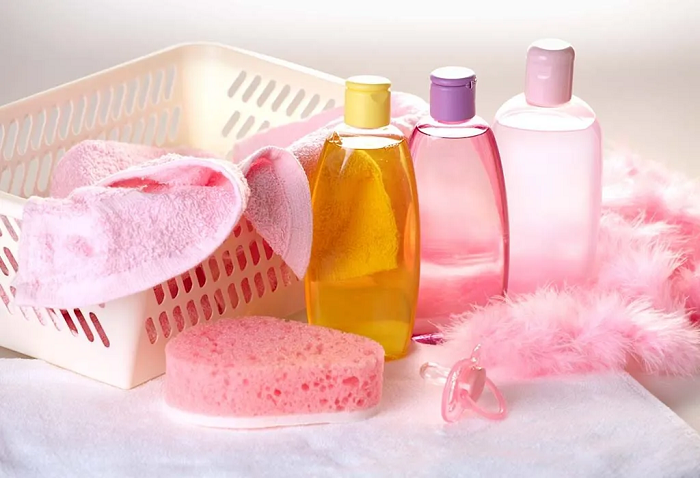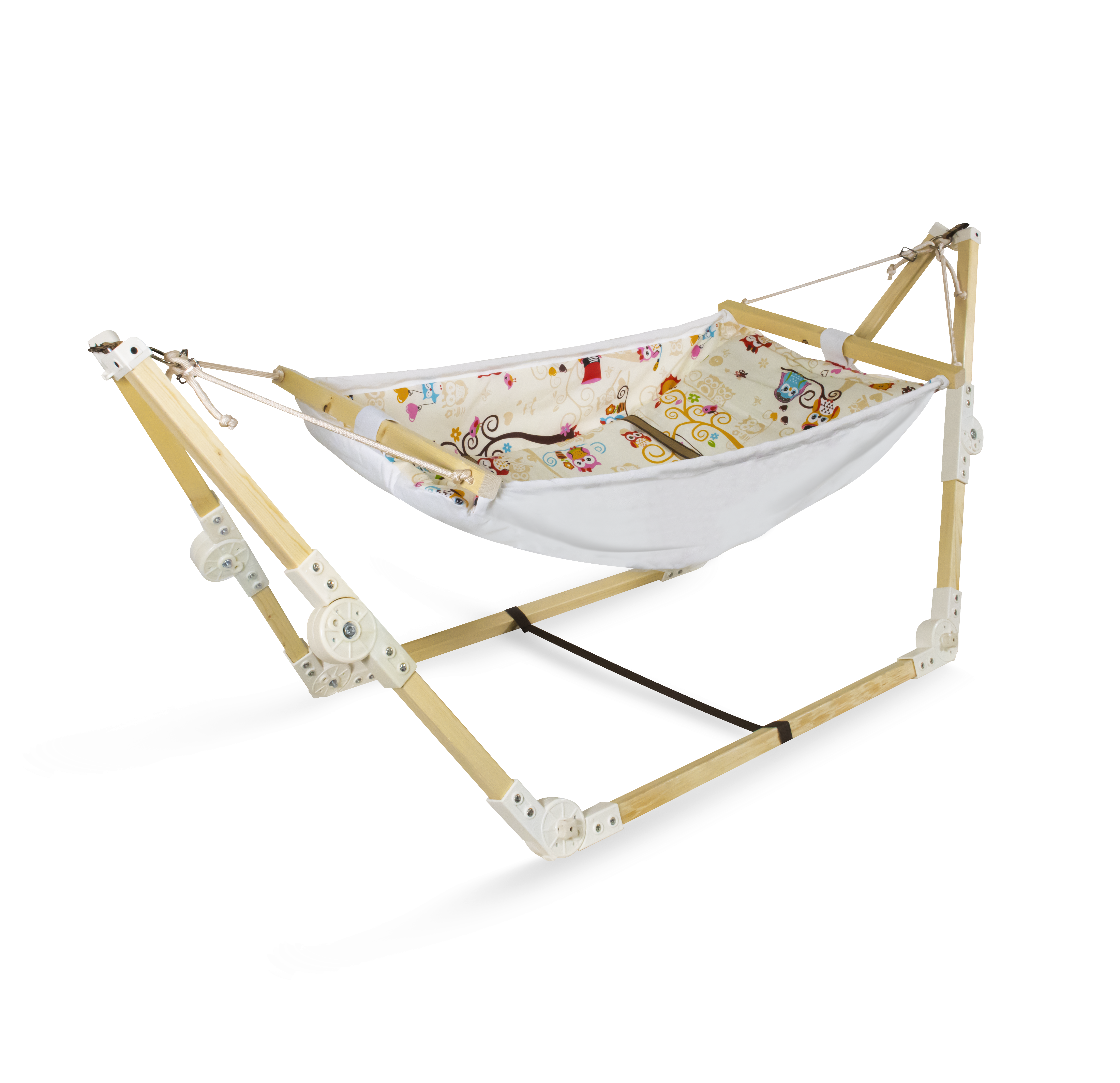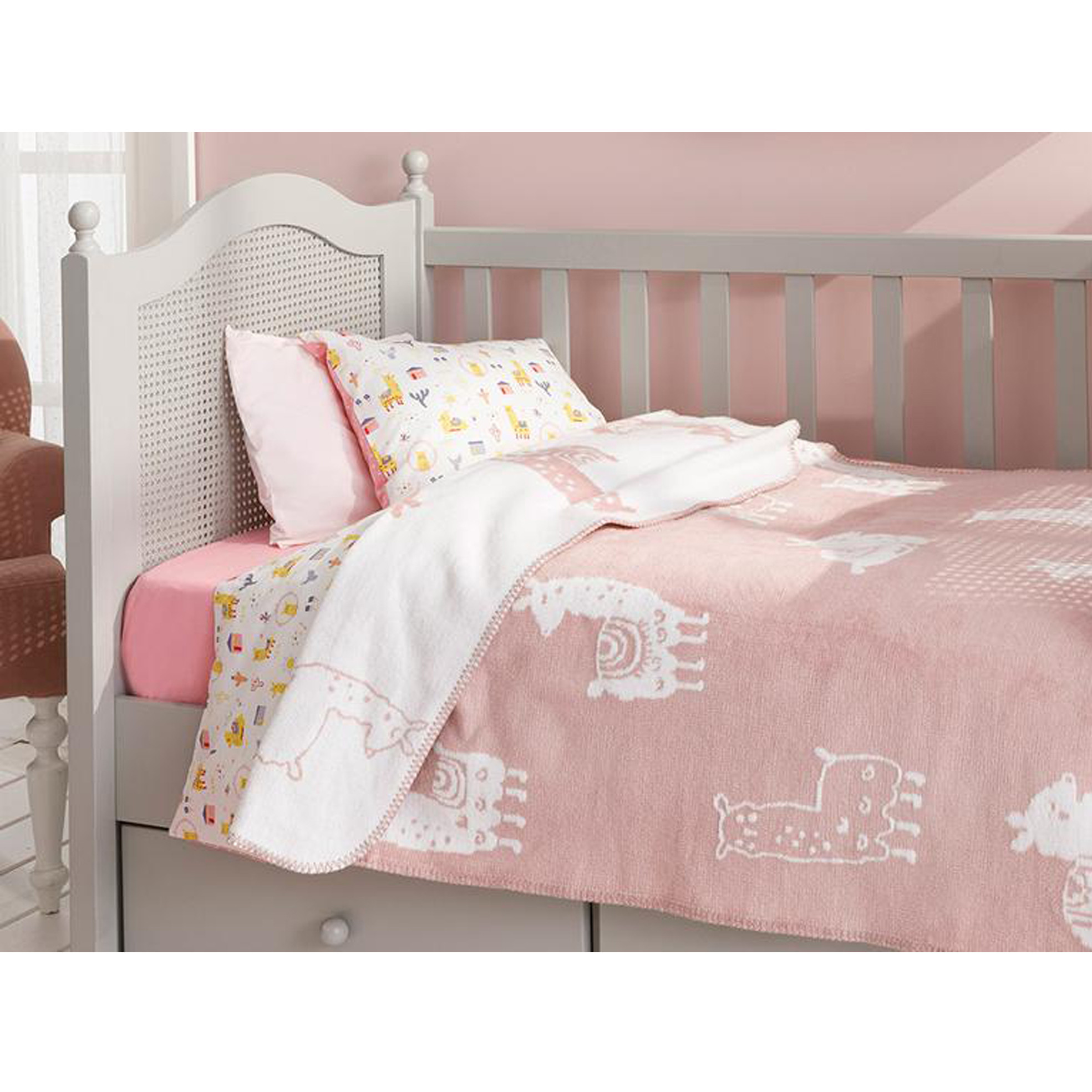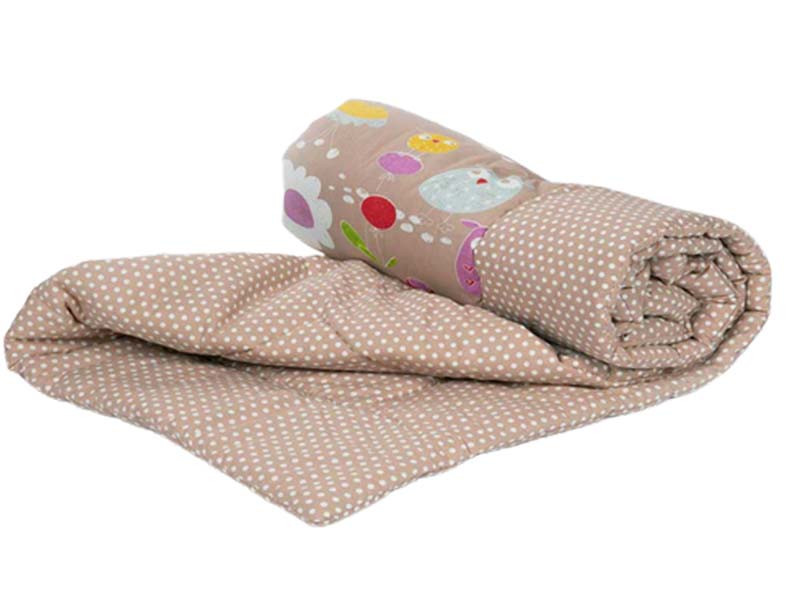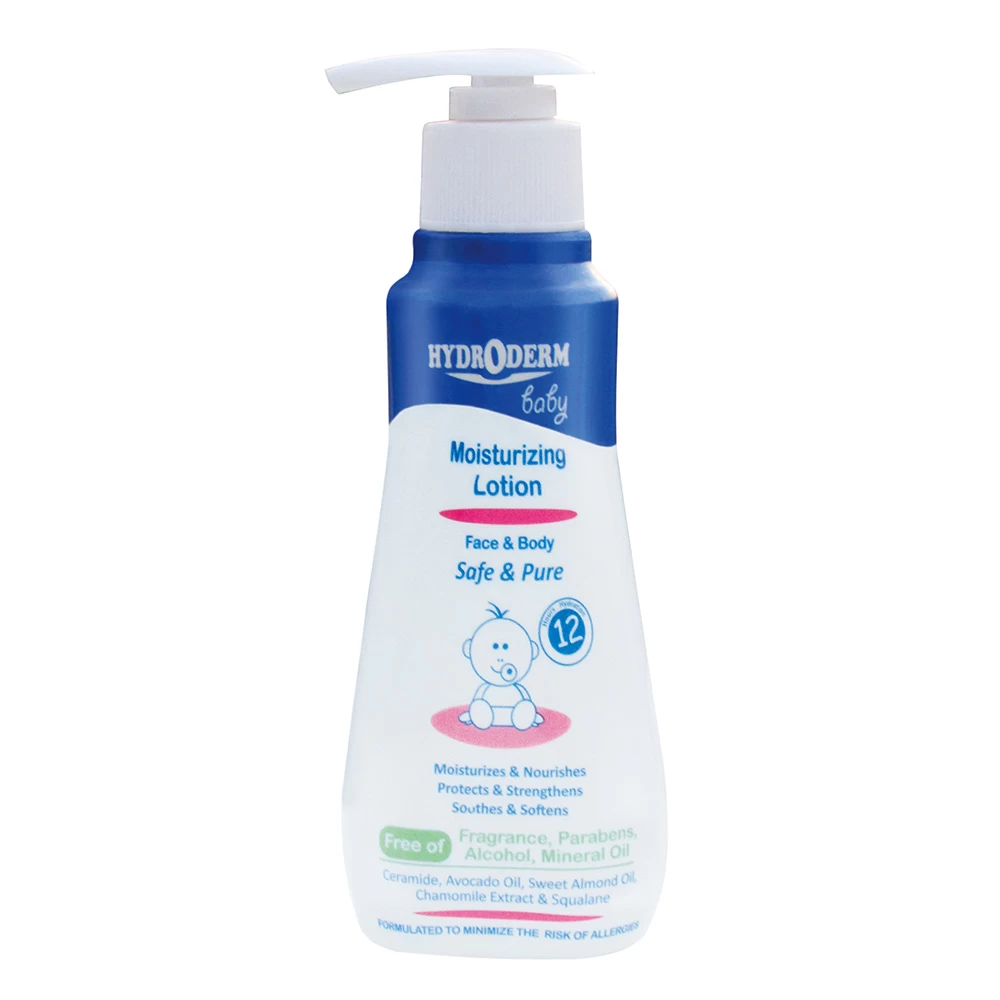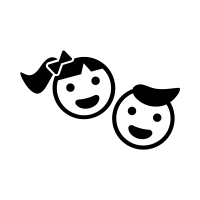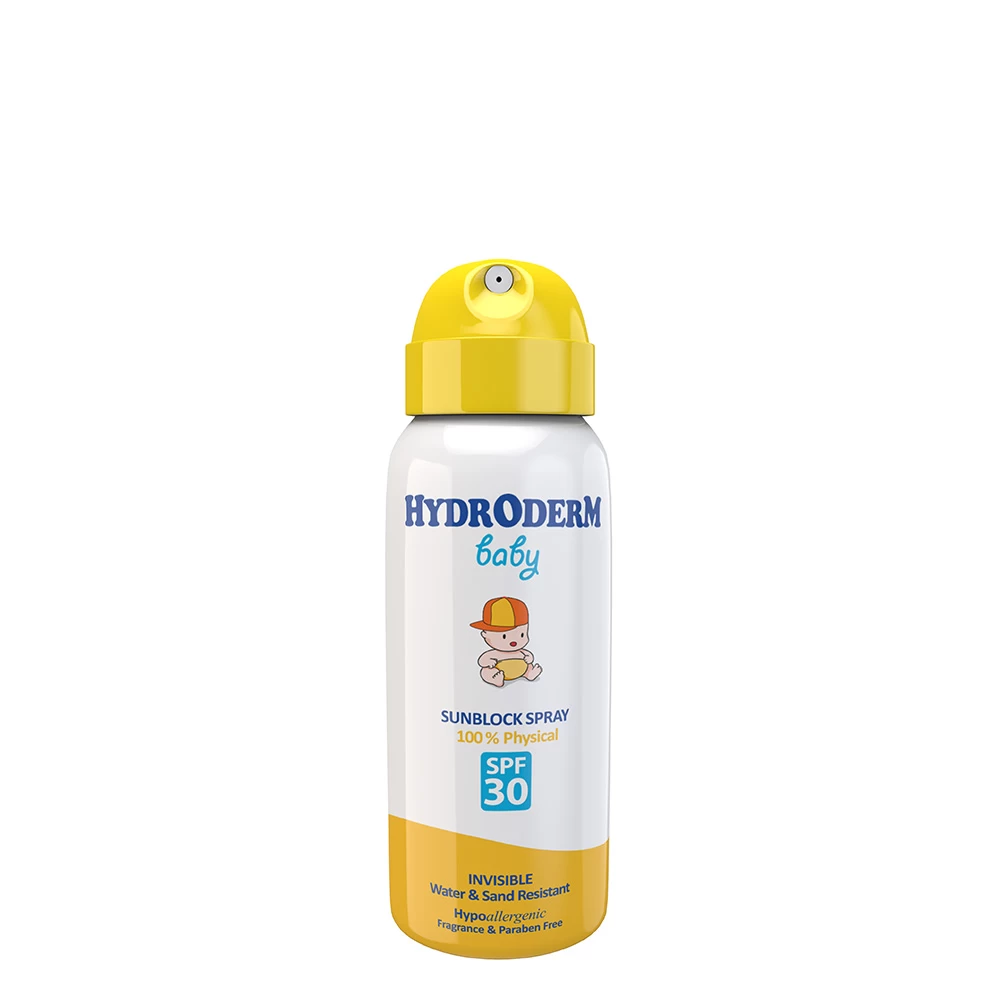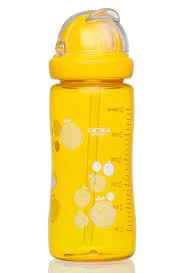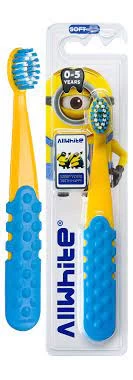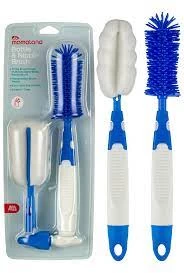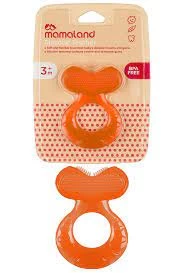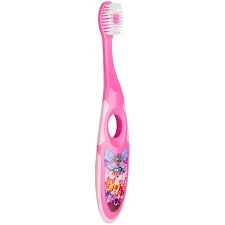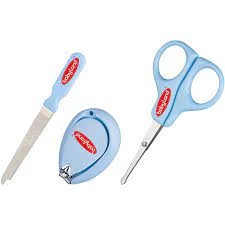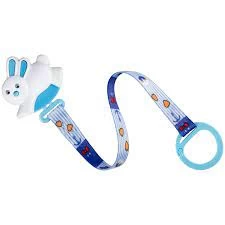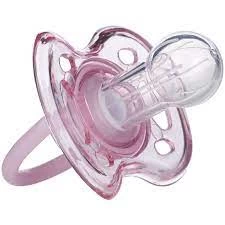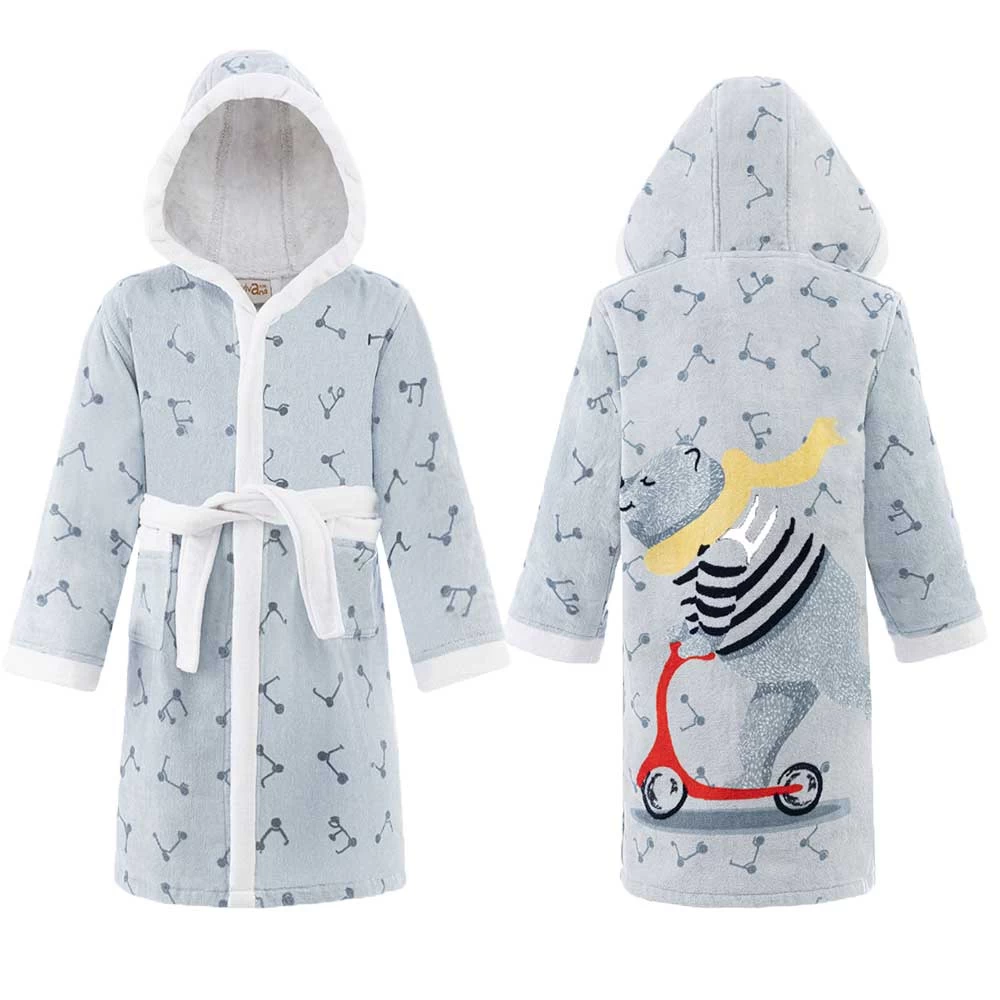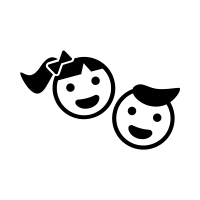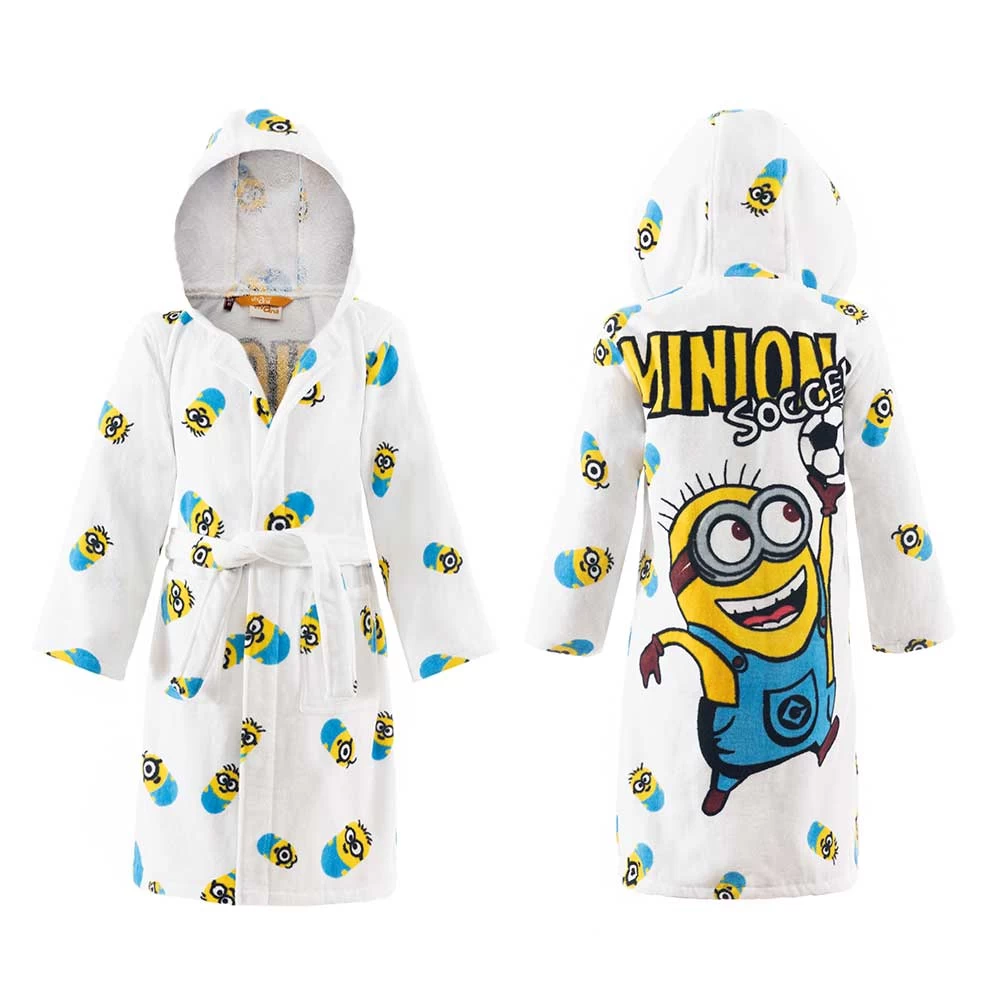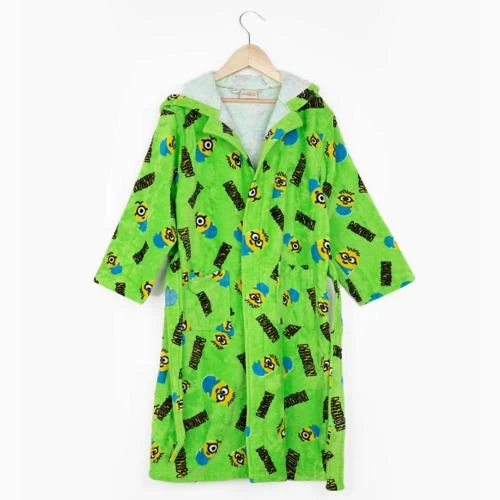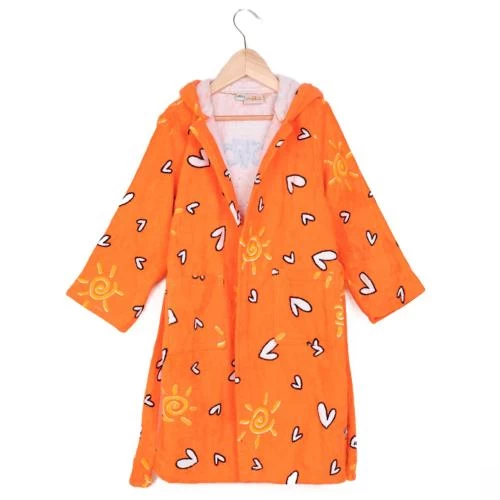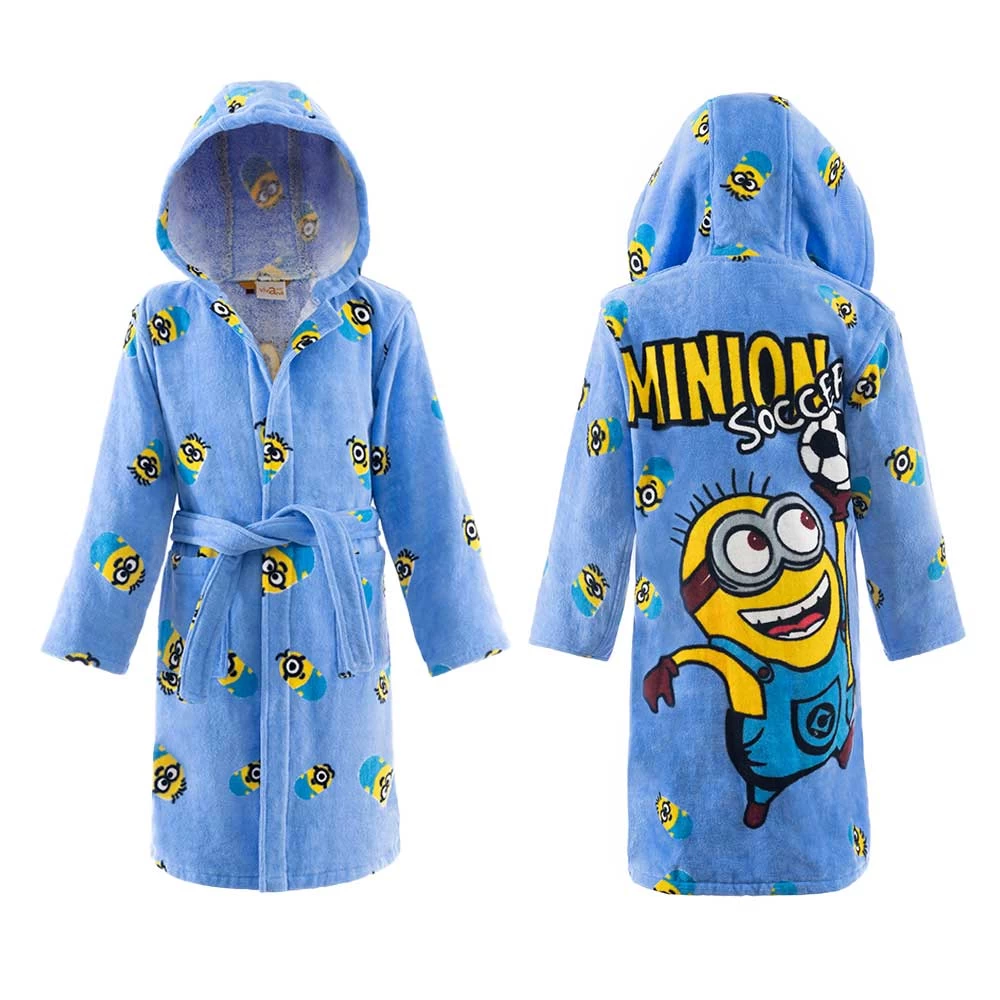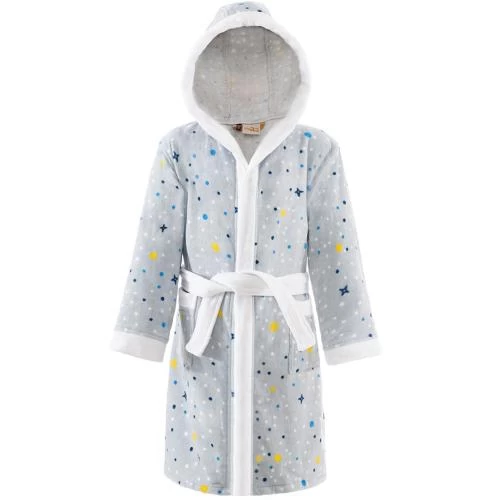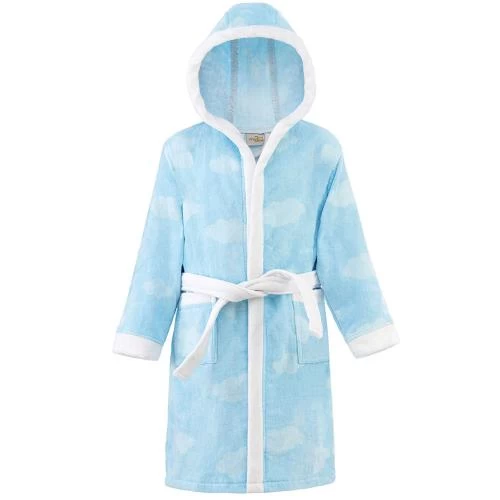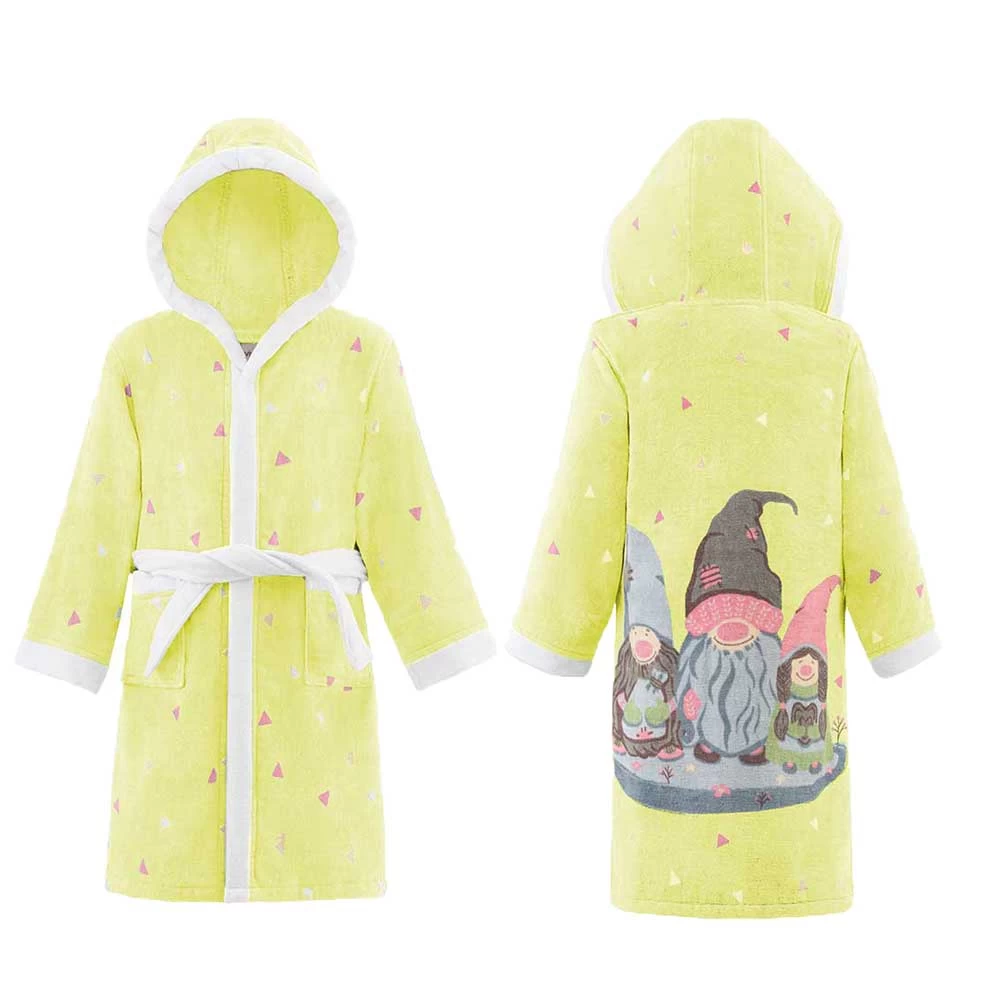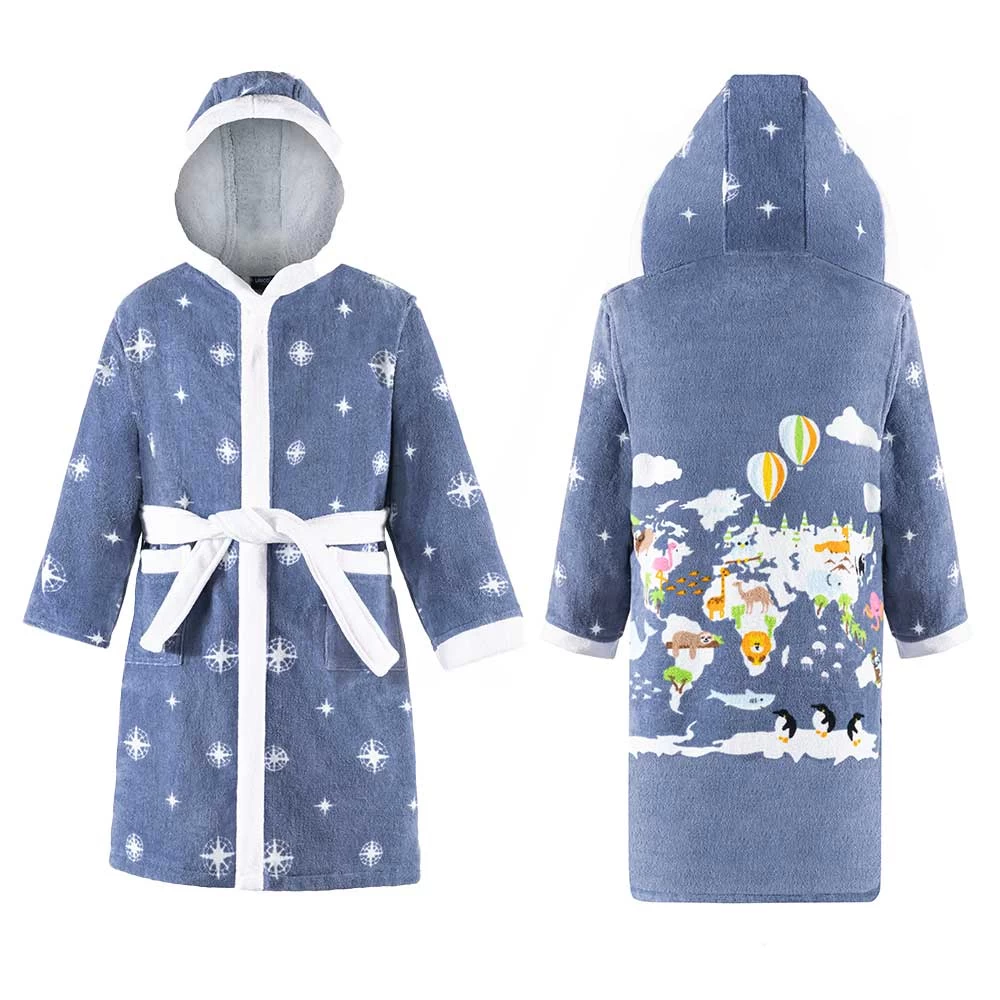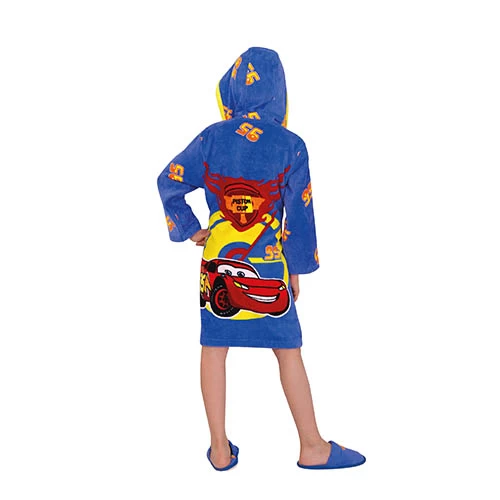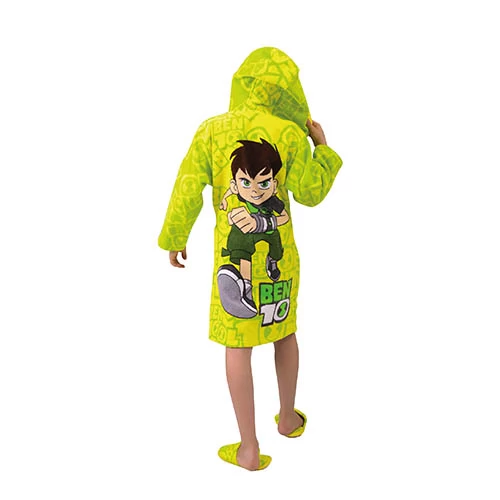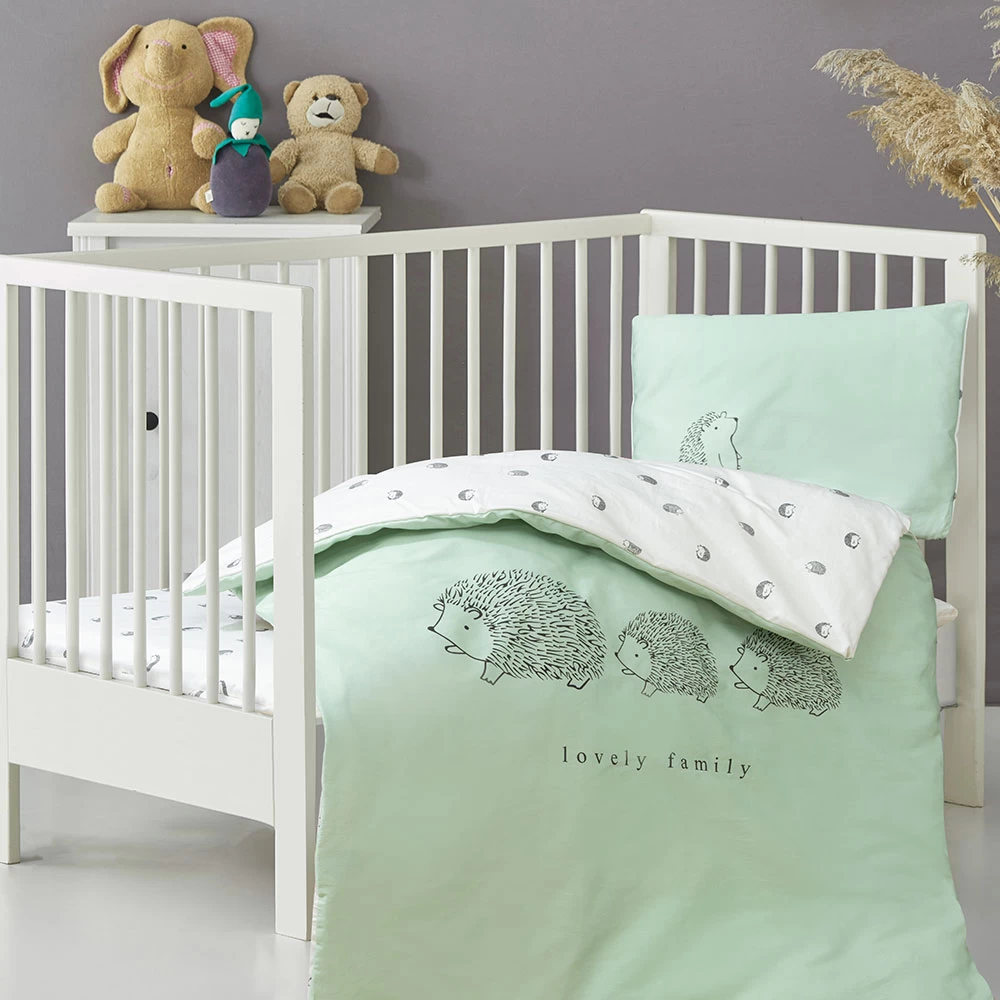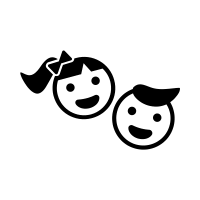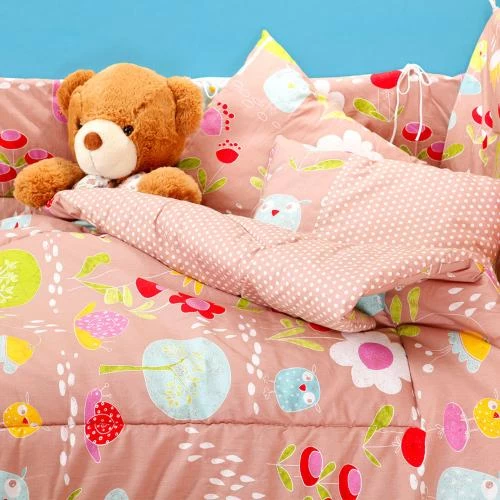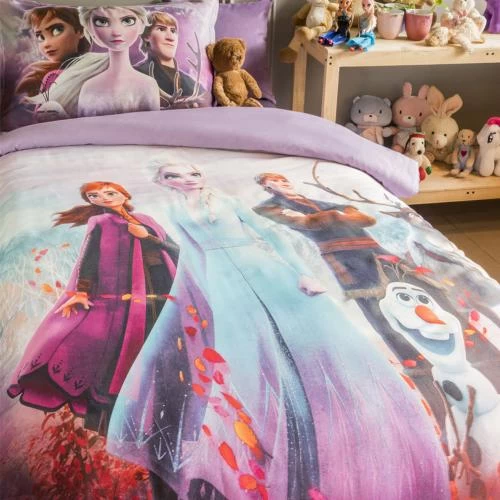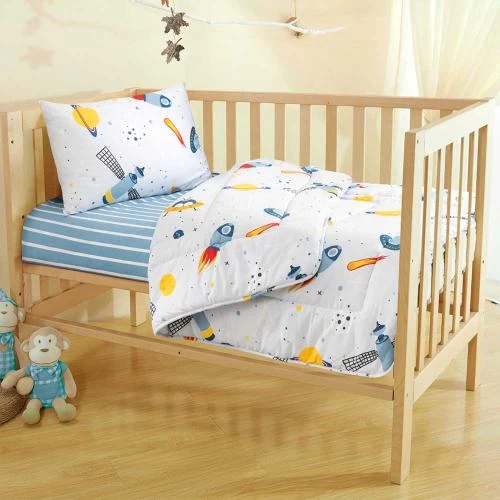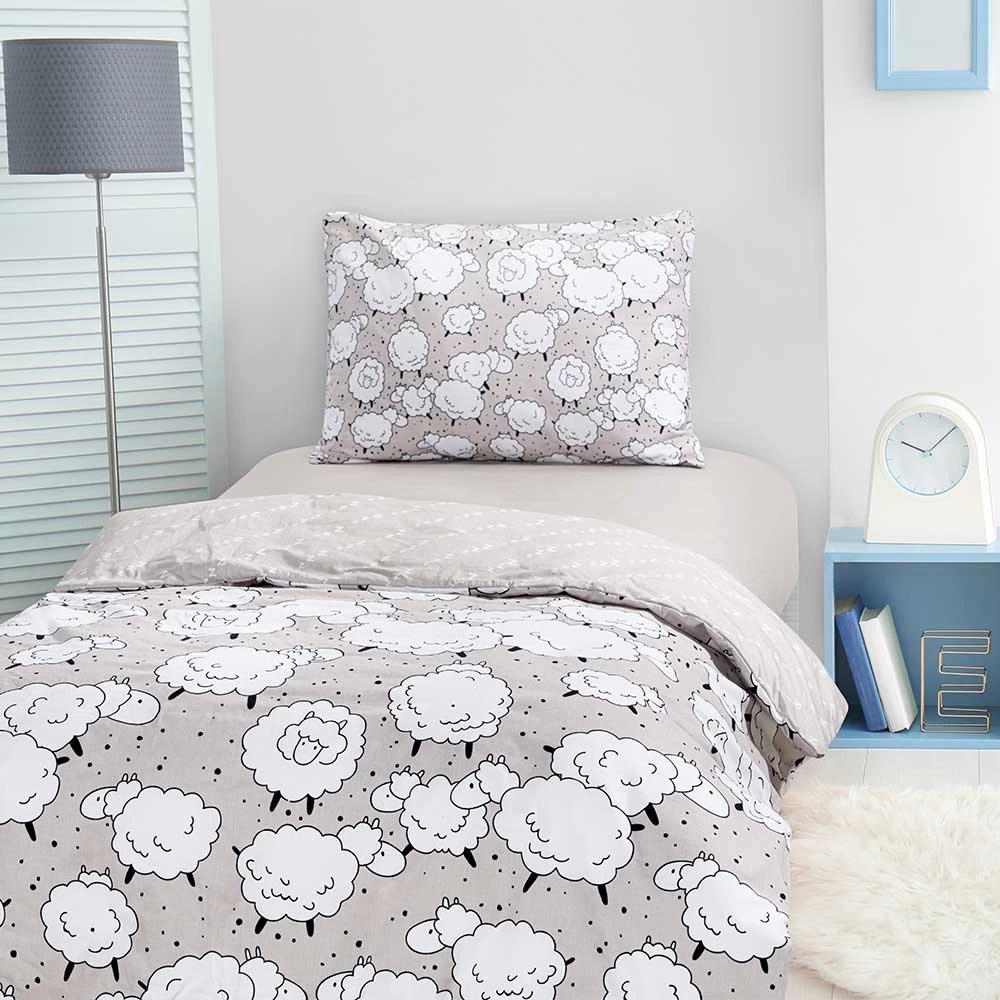Mother kids
Kids products encompass a wide range of items designed specifically for children, from toys and games to clothing and educational tools.
These products often prioritize safety, durability, and age-appropriate features. Toys, for instance, can aid in cognitive development, while children's clothing focuses on comfort and easy wearability. Educational products aim to make learning enjoyable, fostering creativity and curiosity in young minds. As technology advances, there's a growing trend of interactive and educational apps tailored for children. It's crucial for parents to consider both the entertainment value and developmental benefits when choosing kids' products.
Kids' products cover a diverse array of items. Common categories include:
1. Toys:Ranging from plush toys and action figures to building blocks and educational games.
2. Clothing: Designed for comfort, safety, and ease of use, including baby clothes, toddler outfits, and kid-friendly accessories.
3. Furniture:Child-sized chairs, tables, beds, and storage solutions tailored to their needs.
4. Educational Tools: Books, puzzles, and learning aids that promote cognitive development and creativity.
5. Baby Gear: Strollers, car seats, and other essentials designed with infants and toddlers in mind.
6. Technology for Kids:Kid-friendly tablets, interactive apps, and educational software.
7. Outdoor Play Equipment: Swings, slides, playhouses, and sports gear for active play.
8. Arts and Crafts Supplies: Materials for creative expression, fostering artistic development.
9. School Supplies: Backpacks, lunchboxes, and stationery geared towards school-aged children.
10. Safety Products:Childproofing items, like cabinet locks and outlet covers, to create a safe environment.
These products cater to different age groups and developmental stages, considering both entertainment and educational aspects.
The export of kids' products is generally subject to regulations and standards that vary by country. Many countries have specific safety standards and requirements for children's items to ensure they meet certain criteria for quality, materials, and safety. Before exporting kids' products, it's crucial to comply with these regulations to guarantee the well-being of children using the items.
Businesses involved in exporting children's products should thoroughly research and adhere to the legal requirements and safety standards applicable in both the exporting and importing countries. This often involves obtaining certifications or approvals from relevant authorities to demonstrate compliance with safety and quality standards. Ensuring regulatory compliance is essential for the successful and ethical export of kids' products.
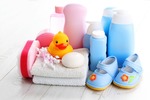
Exporting kids' products may have limitations and regulations imposed by both the country of origin and the destination country. Common restrictions and considerations include:
1. Safety Standards: Ensure that the products comply with safety regulations and standards, including those related to materials, design, and potential hazards.
2. Age Grading: Some products may have age-specific regulations, ensuring that they are suitable for the intended age group.
3. Labeling Requirements:Clear and accurate labeling, including information on age appropriateness, safety instructions, and any potential hazards.
4. Certifications: Certain products may require specific certifications or testing to demonstrate compliance with safety standards. Examples include the CE mark in Europe or the Consumer Product Safety Commission (CPSC) requirements in the United States.
5. Chemical Restrictions: Restrictions on the use of certain chemicals in children's products to protect against potential health risks.
6. Lead and Phthalate Restrictions: Limits on lead content and phthalates in children's products to ensure they are safe for use.
7. Documentation: Proper documentation, including certificates of conformity and test reports, may be required for customs clearance.
8. Packaging Requirements:Packaging should meet safety standards, and any warnings or information should be clearly visible.
9. Country-Specific Regulations:Be aware of specific regulations in the destination country regarding the import of children's products.
It's essential for exporters to thoroughly research and understand the regulations and limitations applicable to the specific category of kids' products they intend to export and comply with all relevant requirements to ensure a smooth and legal export process.
Transshipment, which involves transferring goods from one vessel or mode of transport to another during their journey, is a common practice in international trade. However, when it comes to exporting kids' products, transshipment should be approached cautiously.
The key considerations for transshipment of kids' products include:
1. Regulatory Compliance:Ensure that the transshipment process complies with both the regulations of the exporting country and the regulations of the destination country. The safety standards and requirements for children's products should still be met.
2. Documentation:Maintain accurate and complete documentation throughout the transshipment process. This includes certificates of conformity, test reports, and any other required paperwork.
3. Traceability:Maintain clear traceability of the products during transshipment to demonstrate that they have not been tampered with or compromised in a way that would violate safety standards.
4. Security Measures: Implement security measures to prevent unauthorized access to the products during transshipment, ensuring their safety and adherence to regulations.
5. Communication:Communicate effectively with all parties involved in the transshipment process, including shipping companies, logistics providers, and relevant authorities, to ensure smooth coordination.
While transshipment itself is a common practice, it's crucial to consider the nature of the products being transported and the regulatory environment surrounding children's products. Adhering to all applicable regulations and maintaining transparency in the transshipment process is essential to ensure the safety and compliance of kids' products.
The rules for selling and exporting kids and mothers products vary depending on the country of origin and the destination country. However, here are some general considerations and common rules:
1. Safety Standards:Adhere to safety standards and regulations specific to children's and maternity products. This often includes compliance with materials, design, and safety testing requirements.
2. Certifications:Obtain any required certifications or approvals for kids and mothers products. This may involve obtaining a CE mark in Europe or complying with the Consumer Product Safety Commission (CPSC) requirements in the United States.
3. Age Grading: Clearly label products with age-appropriate information and follow any age grading regulations.
4. Labeling Requirements: Ensure proper labeling, including safety instructions, care information, and any required warnings. This is crucial for products such as children's clothing, toys, and maternity items.
5. Chemical Restrictions: Comply with restrictions on the use of certain chemicals in products for children and mothers to ensure safety.
_1710443339.png)
When exporting toys, consider the following:
1. Safety Standards: Ensure that the toys meet safety standards and regulations in both the country of origin and the destination country. Compliance with international standards, such as those outlined by ASTM, EN 71, or ISO, may be required.
2. Certifications:Obtain any necessary certifications or approvals for the toys. Different countries may have specific certification requirements to ensure the safety and quality of toys.
3. Labeling Requirements: Properly label toys with relevant information, including age appropriateness, safety instructions, and any other required warnings. Clear and accurate labeling is crucial for compliance.
4. Documentation:Maintain accurate and complete documentation, including certificates of conformity, test reports, and other required paperwork for customs clearance.
5. Chemical Restrictions: Comply with restrictions on the use of certain chemicals in toys to ensure they are safe for use, especially for products intended for children.
6. Packaging Standards:Adhere to packaging standards to protect the toys during transportation and to comply with regulations regarding packaging materials.
7. Age Grading: Clearly indicate the recommended age group for each toy, as age grading is often a regulatory requirement.
2. Clothing: Designed for comfort, safety, and ease of use, including baby clothes, toddler outfits, and kid-friendly accessories.
3. Furniture:Child-sized chairs, tables, beds, and storage solutions tailored to their needs.
4. Educational Tools: Books, puzzles, and learning aids that promote cognitive development and creativity.
5. Baby Gear: Strollers, car seats, and other essentials designed with infants and toddlers in mind.
6. Technology for Kids:Kid-friendly tablets, interactive apps, and educational software.
7. Outdoor Play Equipment: Swings, slides, playhouses, and sports gear for active play.
8. Arts and Crafts Supplies: Materials for creative expression, fostering artistic development.
9. School Supplies: Backpacks, lunchboxes, and stationery geared towards school-aged children.
10. Safety Products:Childproofing items, like cabinet locks and outlet covers, to create a safe environment.

_1710443339.png)
When exporting toys, consider the following:
FAQs
How do I choose baby clothes?
Consider size, comfort, and ease of dressing. Opt for soft, breathable fabrics, and choose practical designs that make diaper changes simple.
What baby products sell the most?
Diapers, baby formula, clothing, strollers, and baby care essentials often top the list of best-selling baby products.
Do babies need lotion?
Not necessarily, but some babies may benefit from mild, hypoallergenic lotions to address dry skin. Always test on a small area first and consult with a pediatrician if unsure.
Do babies need skincare?
Yes, babies may benefit from gentle skincare to keep their delicate skin moisturized and protected. Choose products designed for infants, avoiding harsh ingredients.
 +7929688-88-14
+7929688-88-14

 English
English
 Persian
Persian
 Russian
Russian
 Chinese
Chinese


 +7929688-88-14
+7929688-88-14

